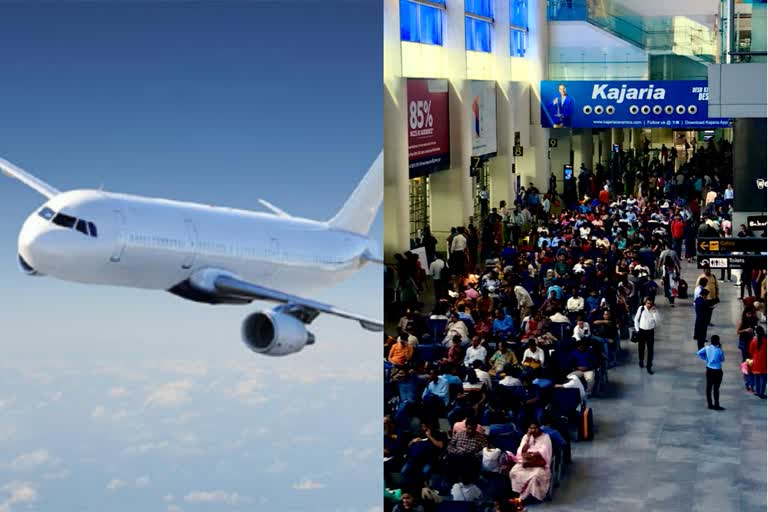దేశీయ విమాన ప్రయాణికుల సంఖ్య స్వల్పంగా పెరిగింది. 2019 సంవత్సరంలో ప్రయాణికుల సంఖ్య 3.74 శాతం పెరిగి 14.41 కోట్లకు చేరుకున్నట్లు విమానయాన నియంత్రణ సంస్థ 'డైరెక్టరేట్ జనరల్ ఆఫ్ సివిల్ ఏవియేషన్'(డీజీసీఏ) తెలిపింది. అయితే 2018 ఏడాది వృద్ధితో పోలిస్తే ఈ సంఖ్య భారీగా తగ్గుముఖం పట్టింది. 2018 లో దేశీయ ప్రయాణికుల సంఖ్య 18.6 శాతం పెరగడం గమనార్హం. ఆ ఏడాది 13.89 కోట్ల మంది విమాన ప్రయాణాలు చేశారు.
ఇండి'గో'
దేశీయ ప్రయాణికుల మార్కెట్లో ఇండిగో సంస్థ తన అగ్రస్థానాన్ని కొనసాగించింది. 2019 డిసెంబర్లో 47.5 శాతం వాటాతో అగ్రస్థానంలో నిలిచింది. రెండోస్థానంలో ఉన్న స్పైస్జెట్ మార్కెట్ వాటా స్వల్పంగా పెరిగి 16.5 శాతానికి చేరింది. ఆ తర్వాతి స్థానాల్లో ఎయిర్ఇండియా(11.9 శాతం), గోఎయిర్(10.2), ఎయిర్ఏషియా ఇండియా(7 శాతం), విస్తారా(6.1 శాతం) ఉన్నట్లు గణాంకాలు చెబుతున్నాయి.
ఫిర్యాదులు
2019 డిసెంబర్లో 957 ప్రయాణికుల సంబంధిత ఫిర్యాదులు వచ్చినట్లు డీజీసీఏ గణాంకాలు స్పష్టం చేస్తున్నాయి. సగటున పదివేల మంది ప్రయాణికులకు వచ్చే ఫిర్యాదుల సంఖ్య 0.74 గా ఉంది. ఎయిర్ఇండియాకు అత్యధికంగా 2.3(పదివేల మంది ప్రయాణికులకు) ఫిర్యాదులు వస్తుండగా... ఆ తర్వాతి స్థానంలో గోఎయిర్ సంస్థకు 0.9 ఫిర్యాదులు వస్తున్నట్లు తెలుస్తోంది.
2019 గణాంకాలపై డీజీసీఏ అధికారులు అసంతృప్తి వ్యక్తం చేశారు. జెట్ ఎయిర్వేస్ ప్రతికూల ప్రభావం చూపినట్లు తెలిపారు. అయితే 2020లో మాత్రం మంచి ఫలితాలు వచ్చే అవకాశం ఉందన్నారు.
నిధుల కొరత కారణంగా జెట్ ఎయిర్వేస్ తన సర్వీసులను గతేడాది ఏప్రిల్లో నిలిపివేసిన సంగతి తెలిసిందే.
ఇదీ చదవండి: పాక్తో యుద్ధం ఎప్పుడు వస్తుందో చెప్పలేం: జనరల్ బిపిన్ రావత్



